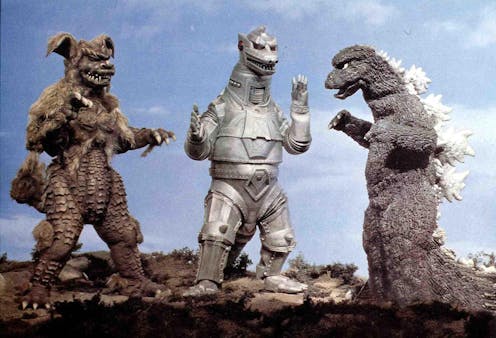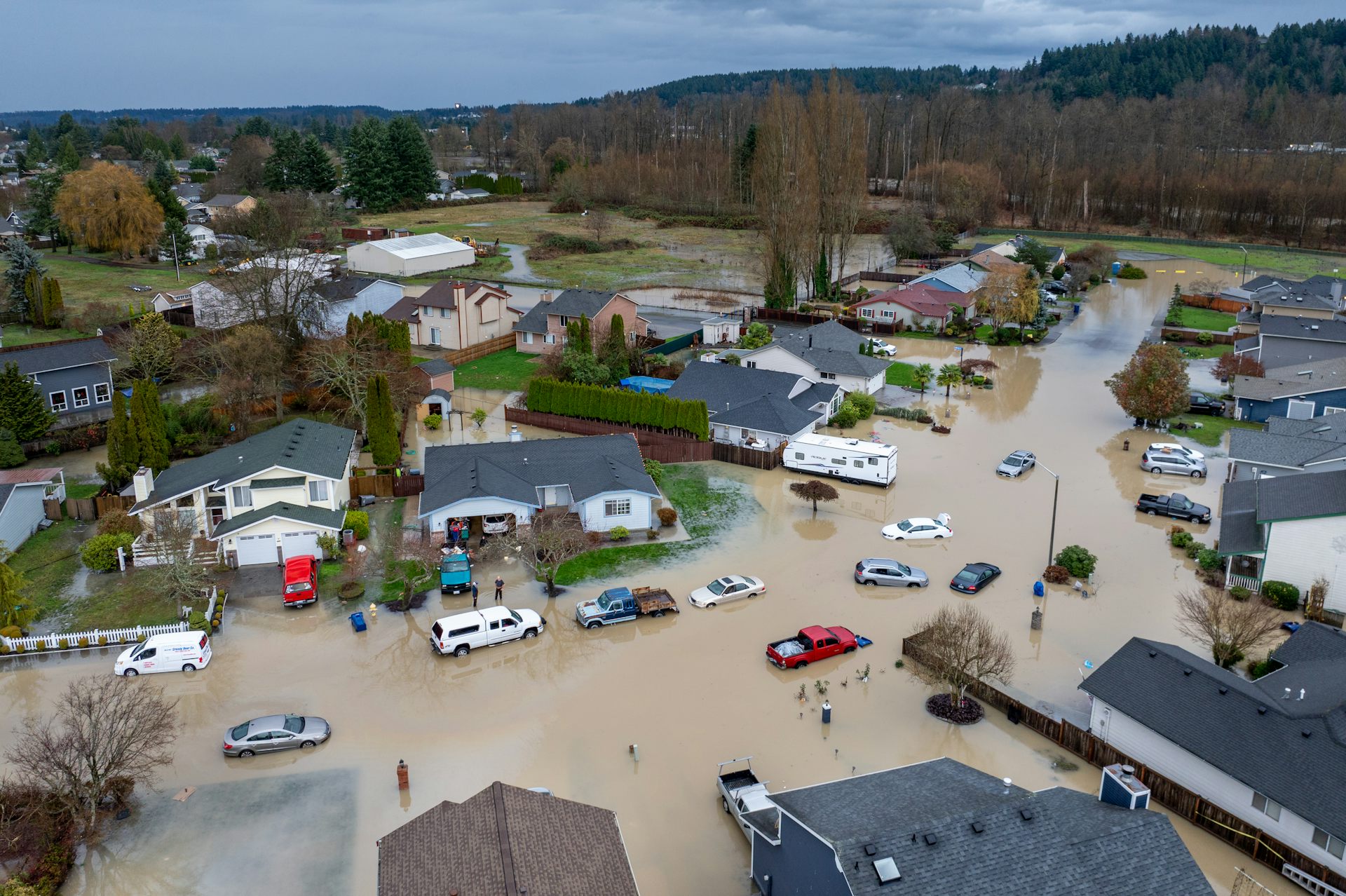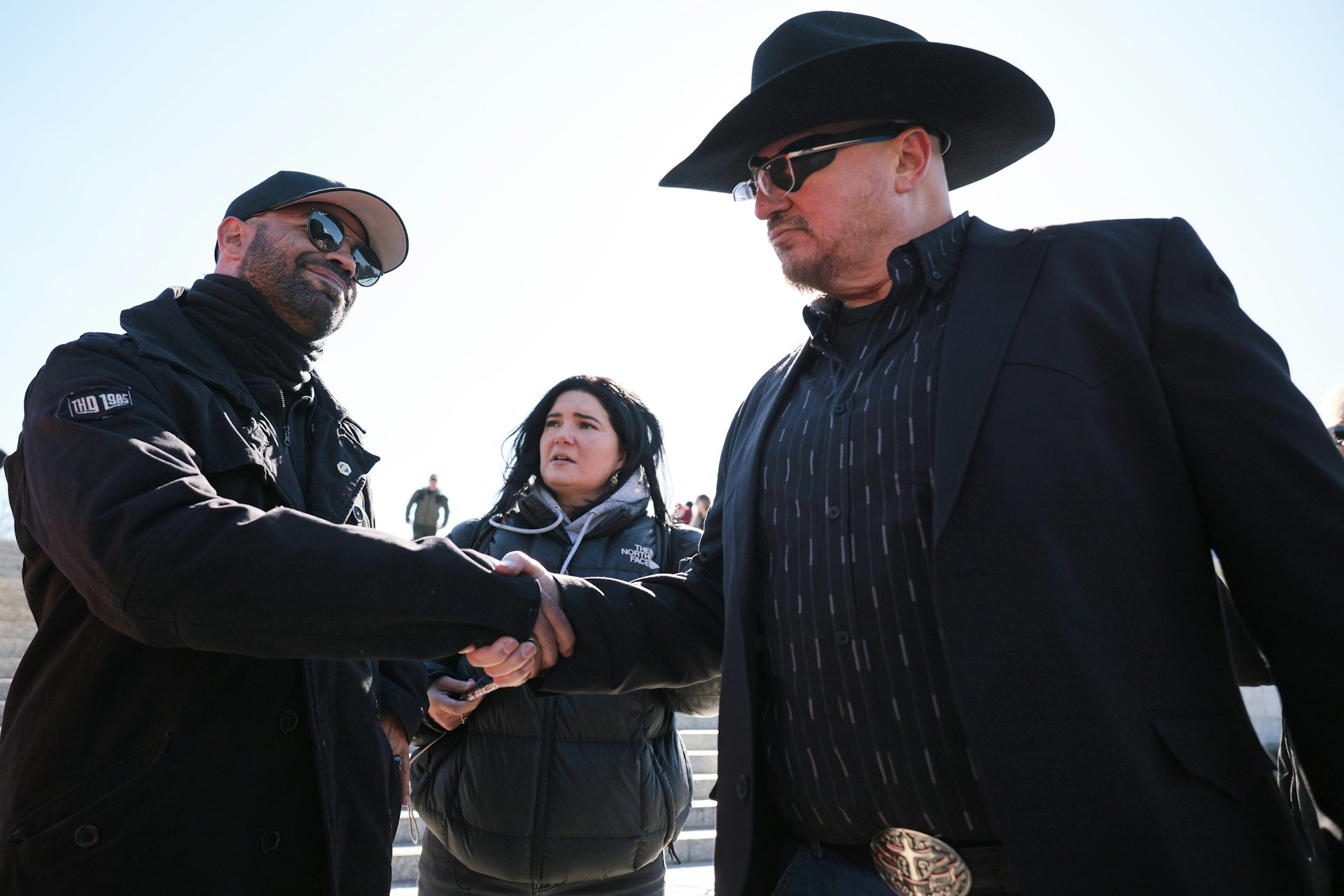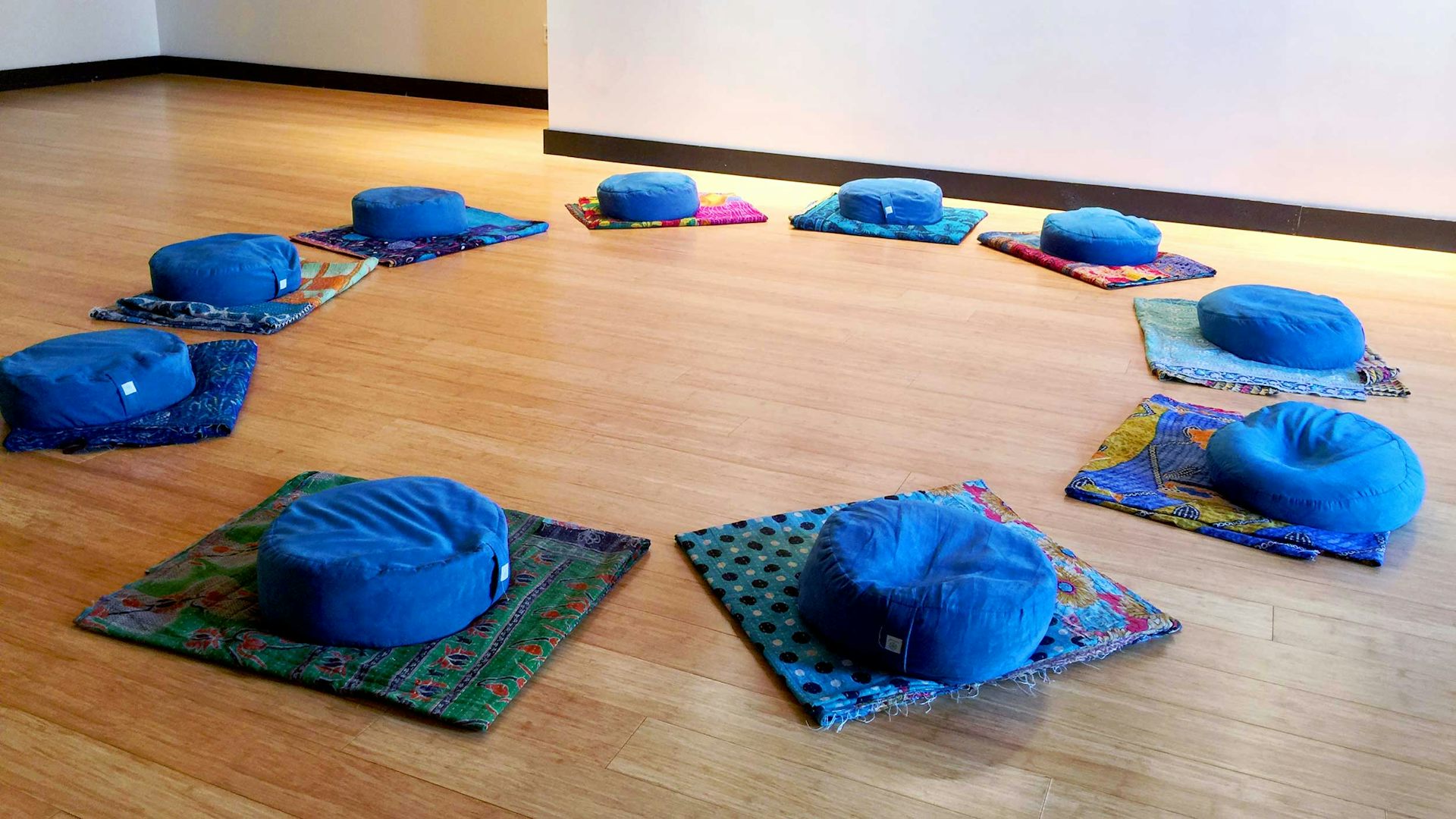What makes ‘great powers’ great? And how will they adapt to a multipolar world?
Great powers rely on military, diplomatic and economic dominance. But in a multipolar world, power has been duluted.

Many column inches have been dedicated to dissecting the “great power rivalry” currently playing out between China and the U.S.
But what makes a power “great” in the realm of international relations?
Unlike other states, great powers possess a capacity to shape not only their immediate surroundings but the global order itself – defining the rules, norms and structures that govern international politics. Historically, they have been seen as the architects of world systems, exercising influence far beyond their neighborhoods.
The notion of great powers came about to distinguish between the most and least powerful states. The concept gained currency after the 1648 Peace of Westphalia and the Congress of Vienna in 1815 – events in Europe that helped establish the notion of sovereign states and the international laws governing them.
Whereas the great powers of the previous eras – for example, the Roman Empire – sought to expand their territory at almost every turn and relied on military power to do so, the modern great power utilizes a complex tapestry of diplomatic pressure, economic leverage and the assertions of international law. The order emerging out of Westphalia enshrined the principles of national sovereignty and territorial integrity, which allowed these powers to pursue a balance of power as codified by the Congress of Vienna based on negotiation as opposed to domination.
This transformation represented a momentous development in world politics: At least some portion of the legitimacy of a state’s control was now realized through its relationships and capacity to keep the peace, rather than resting solely on its ability to use force.
From great to ‘super’
Using their material capabilities – economic strength, military might and political influence – great powers have been able to project power across multiple regions and dictate the terms of international order.
In the 19th-century Concert of Europe, the great powers – Britain, France, Austria, Prussia and Russia – collectively managed European politics, balancing power to maintain stability. Their influence extended globally through imperial expansion, trade and the establishment of norms that reflected their priorities.
During the 20th century, the Cold War brought a stark distinction between great powers and other states. The U.S. and the Soviet Union, as the era’s two “superpowers,” dominated the international system, shaping it through a rivalry that encompassed military alliances, ideological competition and economic systems. Great powers in this context were not merely powerful states but the central actors defining the structure of global politics.
Toward a multipolar world
The post-Cold War period briefly ushered in a unipolar moment, with the U.S. as the sole great power capable of shaping the international system on a global scale.
This era was marked by the expansion of liberal internationalism, economic globalization and U.S.-led-and-constructed multilateralism.
However, the emergence of new centers of power, particularly China and to a lesser extent Russia, has brought the unipolar era to a close, ushering in a multipolar world where the distinctive nature of great powers is once again reshaped.
In this system, great powers are states with the material capabilities and strategic ambition to influence the global order as a whole.
And here they differ from regional powers, whose influence is largely confined to specific areas. Nations such as Turkey, India, Australia, Brazil and Japan are influential within their neighborhoods. But they lack the global reach of the U.S. or China to fundamentally alter the international system.
Instead, the roles of these regional powers is often defined by stabilizing their regions, addressing local challenges or acting as intermediaries in great power competition.
Challenging greatness
Yet the multipolar world presents unique challenges for today’s great powers. The diffusion of power means that no single great power can dominate the system as the U.S. did in the post-Cold War unipolar era.
Instead, today’s great powers must navigate complex dynamics, balancing competition with cooperation. For instance, the rivalry between Washington and Beijing is now a defining feature of global politics, spanning trade, technology, military strategy and ideological influence. Meanwhile, Russia’s efforts to maintain its great power status have resulted in more assertive, though regionally focused, actions that nonetheless have global implications.
Great powers must also contend with the constraints of interdependence. The interconnected nature of the global economy, the proliferation of advanced technologies and the rise of transnational challenges such as climate change and pandemics limit the ability of any one great power to unilaterally dictate outcomes. This reality forces great powers to prioritize their core interests while finding ways to manage global issues through cooperation, even amid intense competition.
As the world continues to adjust to multiple centers of power, the defining feature of great powers remains an unmatched capacity to project influence globally and define the parameters of the international order.
Whether through competition, cooperation or conflict, the actions of great powers will, I believe, continue to shape the trajectory of the global system, making their distinctiveness as central players in international relations more relevant than ever.
This article is part of a series explaining foreign policy terms commonly used but rarely explained.
Andrew Latham does not work for, consult, own shares in or receive funding from any company or organization that would benefit from this article, and has disclosed no relevant affiliations beyond their academic appointment.
Read These Next
West Coast levee failures show growing risks from America’s aging flood defenses
Levees protect more than 7 million buildings in the US today, yet they got a D-plus grade in 2025. A…
LA fires showed how much neighborliness matters for wildfire safety – schools can do much more to te
Managing fire risk is about more than regulations and rules. It’s also about caring for neighbors…
The ‘sacred’ pledge that will power the relaunch of far-right militia Oath Keepers
Founder Stewart Rhodes says he will relaunch the group, serving as an important outlet for thousands…






